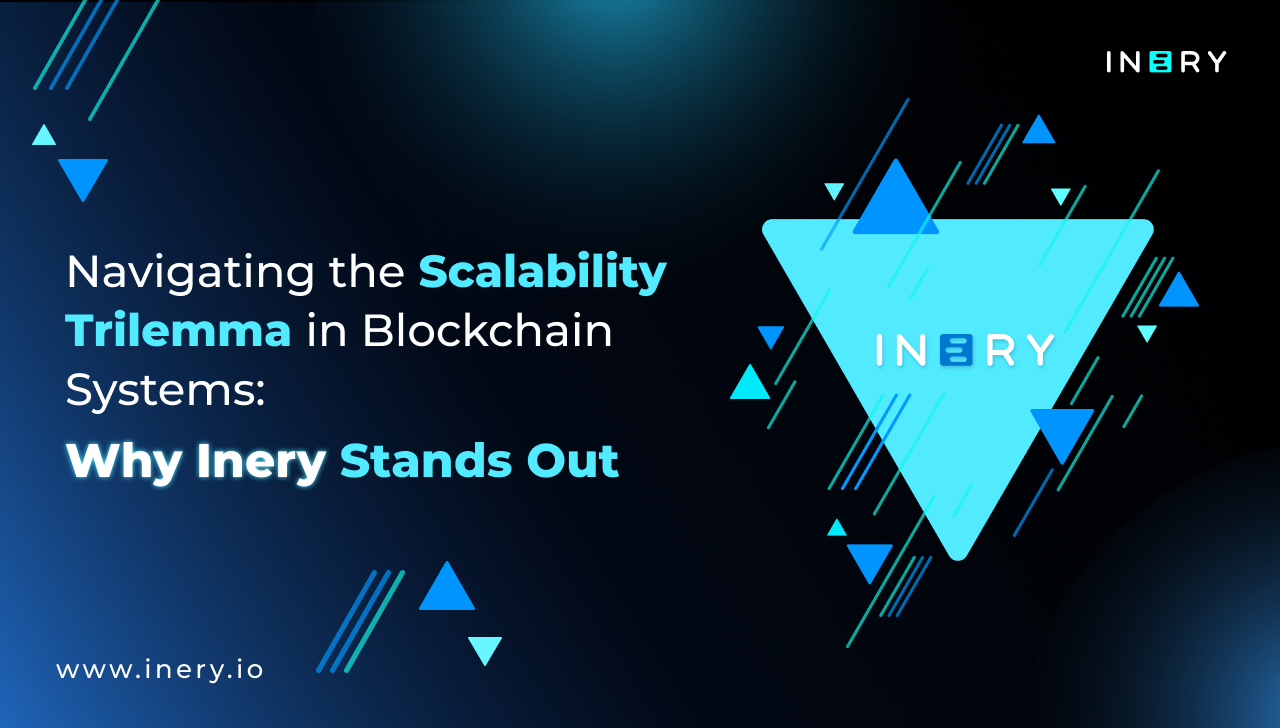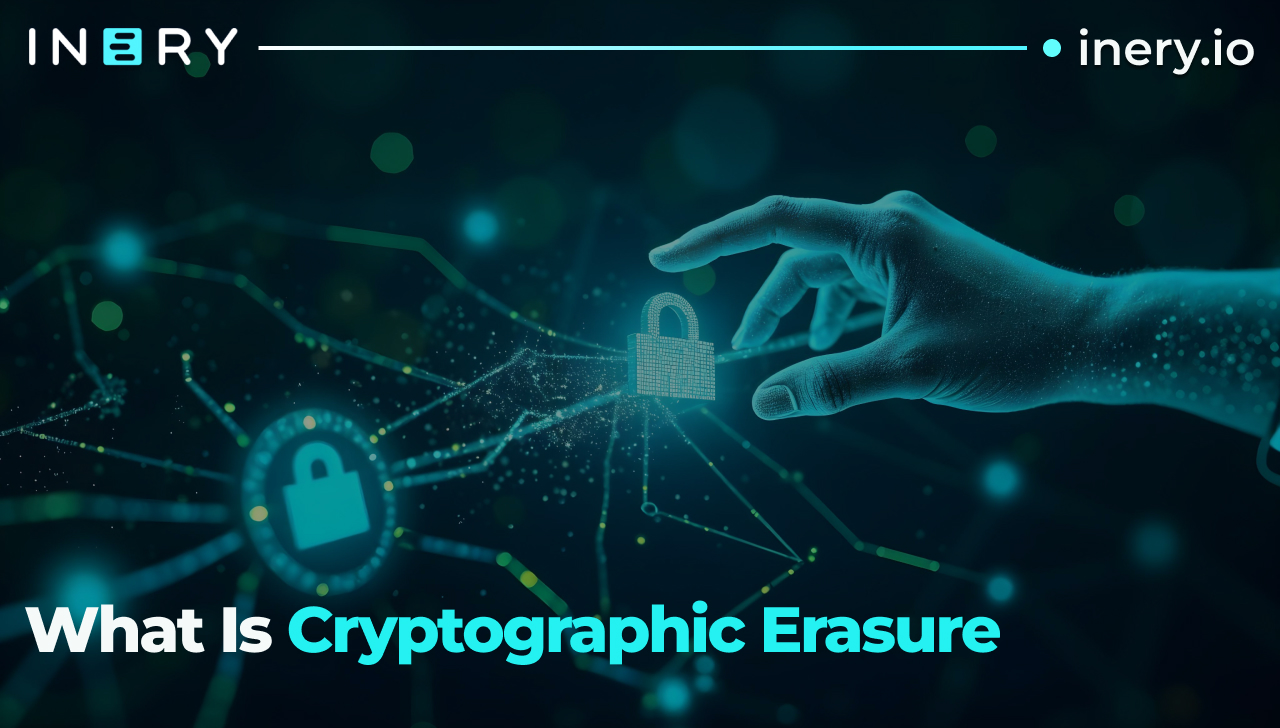A few weeks ago, we wrote about what happens to your data after you hit delete. If you need a TLDR: data doesn’t magically vanish. On most systems, what you actually delete is the pointer to the file, not the file itself. Your data just lingers around until it's overwritten, and even then, someone with the right tools could piece it back together. We mentioned cryptographic erasure in passing, and now it’s time to go deeper.
What Is Cryptographic Erasure?
To understand cryptographic erasure, it helps to picture your data not as physical stuff you shred, but as something protected by an invisible key. Encryption turns your data into a scrambled form that’s unreadable without the key. When you erase data using traditional methods, you’re often relying on overwriting it or deleting its reference. But with cryptographic erasure, you take out the key instead.
Once the key is gone, the encrypted data is effectively meaningless. It still exists in the system, but no one can read it, including you. In a digital context where deletion often means hiding data or marking it for overwrite, cryptographic erasure provides a more definitive solution.
Instead of focusing on the data itself, this method zeroes in on access. The data isn’t changed; it’s just locked away forever. Encryption becomes the lock, and the erasure process is the decision to lose the key for good. As a result, even if someone manages to access your files, what they’ll find is just a string of indecipherable characters. No amount of forensic software can bring it back without the missing key.
Imagine you have a locker full of confidential files. Instead of burning the papers or smashing the locker, you throw away the only key, and there are no copies. The locker stays intact, but no one, not even you, can open it again. That’s cryptographic erasure in action.
The Origins and Evolution
Cryptographic erasure didn’t appear overnight. It evolved alongside encryption technologies and increasing concerns around digital privacy. In the early days of computing, data deletion often meant little more than moving files to a trash folder or marking a disk sector as free. This worked well enough when data was stored locally, in small quantities. Once data moved to larger infrastructures, i.e. corporate servers, cloud storage, or distributed networks, the need for a faster, more reliable method of deletion became obvious.
Encryption itself has ancient roots, but the shift toward using encryption for deletion only began when storage systems began embedding cryptographic processes as part of their default operations. This shift accelerated in the 2000s as full-disk encryption became a common feature in enterprise-grade hardware.
By the time cloud storage was becoming mainstream, cryptographic erasure was already being explored as a security-first method of deletion. Instead of erasing terabytes of information, a process that could take hours, you could simply revoke a key and shut down access in an instant.
What drove its adoption was the need for certainty. Companies were facing compliance requirements, handling sensitive information, and often working with systems that didn’t give them physical access to storage drives. In these contexts, traditional methods like multiple overwrites or physical destruction were either impractical or impossible. Cryptographic erasure offered a clean and fast alternative, grounded in mathematics rather than hardware.
How It Actually Works
When you encrypt a set of data, you scramble it using a specific algorithm and a key. That key is what turns the data back into something human-readable. If the key is lost, the data remains in its scrambled form, inaccessible to anyone without it. Cryptographic erasure works by removing or destroying that key in a secure and irreversible way.
The data is still on the device, still taking up space, but without the key, it becomes unreadable code. The process can be triggered through software, automated scripts, or hardware modules, depending on the system in place.
What makes it different from wiping a hard drive is that you’re not targeting the data directly. You’re targeting what makes the data readable. This not only speeds up the process but reduces wear on the hardware, especially in SSDs, where overwriting can degrade the storage medium. It’s also useful in environments where deleting data physically isn't an option. In cloud storage systems, you don’t control the physical drives, but you can revoke access through key management systems. In these cases, cryptographic erasure provides a virtual delete button with real consequences.
Why It Matters Today
Data is no longer just stored in neat rows on local drives. It’s moving across multiple servers, synced between devices, and often duplicated for redundancy. The sheer scale and speed of data movement today make traditional deletion feel clunky and outdated. In contexts like enterprise systems, cloud storage, or distributed networks, data must be removed instantly, and without any lingering trace.
Cryptographic erasure matters today because it meets this challenge head-on. It gives organizations a way to confidently declare that a piece of information is no longer accessible. This is especially important for industries working with sensitive information (medical records, financial transactions, legal documents) where a data breach or mishandled deletion could have serious consequences.
There’s also the compliance side of things. Regulations like GDPR, HIPAA, and others require that certain types of data be deletable upon request. With traditional deletion, meeting these requirements involves tracking down all copies and ensuring they’re securely overwritten. With cryptographic erasure, you eliminate access at the root by revoking the key. That makes it easier to demonstrate compliance and gives users the peace of mind that their data isn’t just buried, but truly gone.
The Limitations
Despite its strengths, cryptographic erasure isn’t perfect. For one, it only works if the data is encrypted to begin with. If encryption wasn’t properly implemented, or if someone forgot to encrypt a file, then erasing a key won’t do much. There’s also the issue of key management. If backup copies of the key exist, or if the key is recoverable through other means, then the erasure isn’t complete.
In some environments, regulations may demand more than just erasure. Government and military organizations, for example, might still require physical destruction or verified overwriting methods to meet classified data handling requirements. Cryptographic erasure, in those cases, is only part of a larger process.
Then there’s the hardware itself. Some devices, especially certain solid-state drives, have hidden storage areas that aren’t affected by standard encryption methods. Bugs in firmware or inconsistencies in how data is cached can result in fragments being left behind. In such cases, a multi-step approach is recommended: encrypt everything, erase the keys, and then physically destroy the device if necessary.
When Erasure Isn’t Enough
Some scenarios call for more than just making data unreadable. Consider a legal investigation or internal audit where not only does data need to be inaccessible, but its destruction must be proven. In those cases, audit logs, time-stamped deletion records, and verifiable actions become necessary. Cryptographic erasure can do the technical job, but the human side of data management, the documentation, reporting, and compliance, still has to follow through.
In contexts where data might be stored across multiple devices, including backups, snapshots, and mirrored systems, erasing one key isn’t enough. You need to ensure that every instance of that data, and every key associated with it, is handled appropriately. That’s where well-structured key management systems and data governance protocols become crucial. Erasure is not a one-click fix; it’s a process, and part of a broader strategy.
Inery’s Take on Erasure
Inery approaches data differently from the start. It doesn’t just encrypt after the fact. It’s “baked” into the way data is created and managed. IneryDB, its decentralized database solution, uses a structure where data access is defined by value contracts, and every interaction with that data is cryptographically verified.
When deletion is required, it’s not a scattered process. A request is made through the system’s governance protocols, and the key tied to that specific dataset is revoked through the contract itself. What that means is that deletion becomes part of the blockchain ledger, with immutable proof that the erasure occurred. There’s no ambiguity. Every action is traceable, every revocation verifiable, and access can’t be secretly restored later.
This model is especially useful for systems where users expect transparency and organizations need auditability. Whether it’s a financial service, digital identity platform, or healthcare app, Inery’s method offers certainty. Not only is the data unreadable post-erasure, but the act of erasing is permanently recorded.. something traditional systems struggle to guarantee.
The decentralization aspect adds another layer. Instead of relying on a central authority to handle deletion requests, the network collectively enforces access rules. That makes unauthorized restoration practically impossible, and it also distributes trust across nodes. Inery easily turns cryptographic erasure into a systemic function, instead of an isolated task.
Final Thoughts
Cryptographic erasure is more than just a secure deletion method. It’s a shift in thinking. Instead of chasing data across systems, hoping to scrub every last copy, you focus on the key, the one element that gives meaning to the whole structure. Once that key is gone, the data becomes digital static.
However, the real value lies in how systems implement it. Without strong encryption, reliable key management, and proper governance, cryptographic erasure can fall short. It’s not a magic button. It’s a tool, and like all tools, it works best in the hands of someone who knows what they’re doing.
As digital storage grows more complex and data becomes more precious, the need for secure, irreversible deletion will only increase. Cryptographic erasure offers a clean, effective answer. And when paired with systems like Inery that treat data integrity as a principle, not just a feature, it becomes more than a method. It becomes a standard.

Inery•
1 year ago
Navigating the Scalability Trilemma in Blockchain Systems: Why Inery Stands Out
Explore how Inery addresses blockchain technology's scalability trilemma through its unique decentralized database management system and custom consensus mechanism. ...READ MORE

Share

Inery•
1 year ago
Why Minimalist Data Management Leads to Better Performance
Learn why adopting a minimalist approach to data can boost efficiency, lower expenses, and keep your information secure. ...READ MORE

Share

Inery•
3 years ago
Data Centralization: Feeding the Devil in Web 2.0
The grave repercussions when our data is controlled by a handful of entities ...READ MORE

Share

Inery•
3 years ago
Driving The Creator Economy In Web 3.0
Enabling the creator economy in web3 with IneryDB ...READ MORE

Share
Most popular today



-1700122570.png)